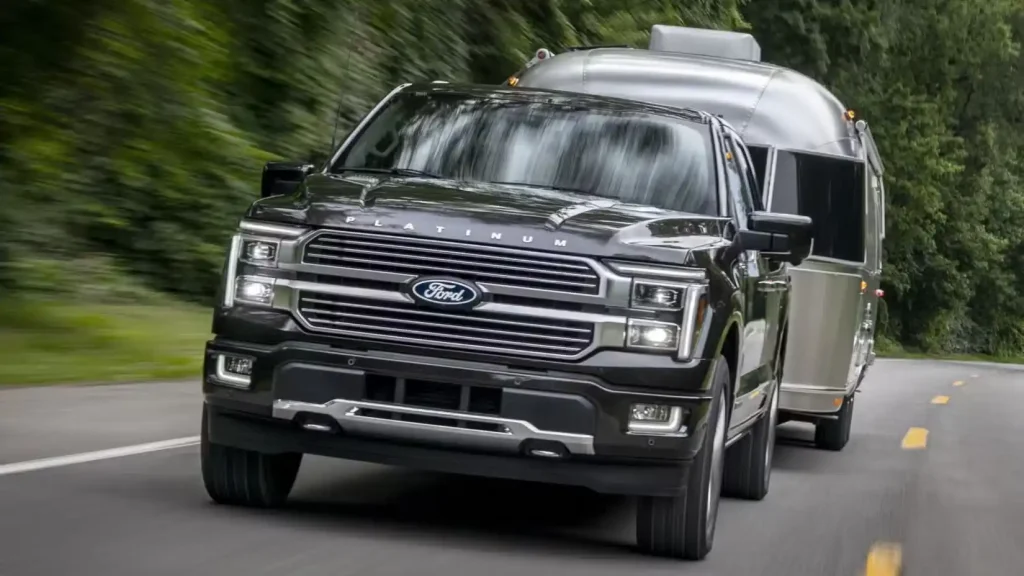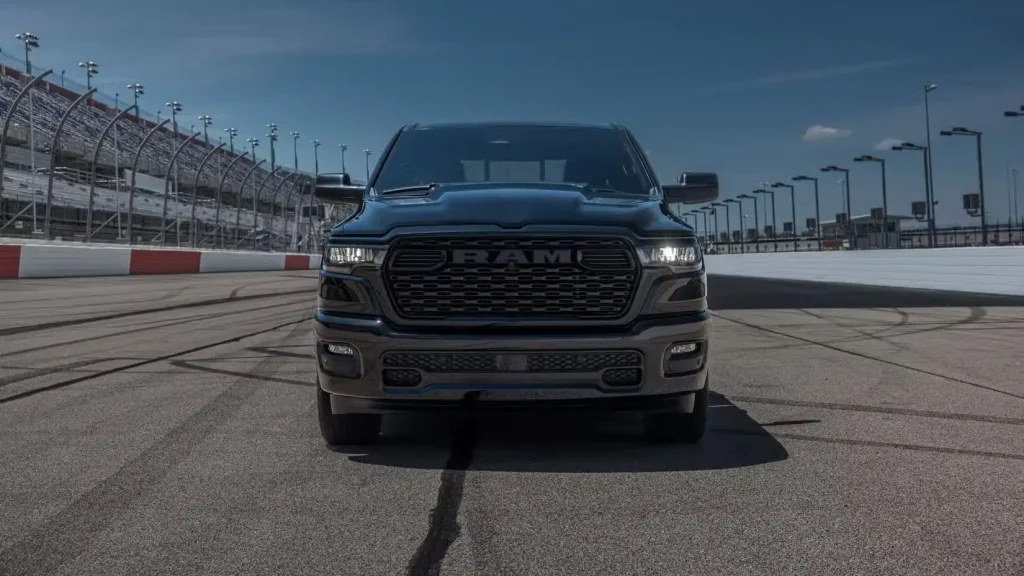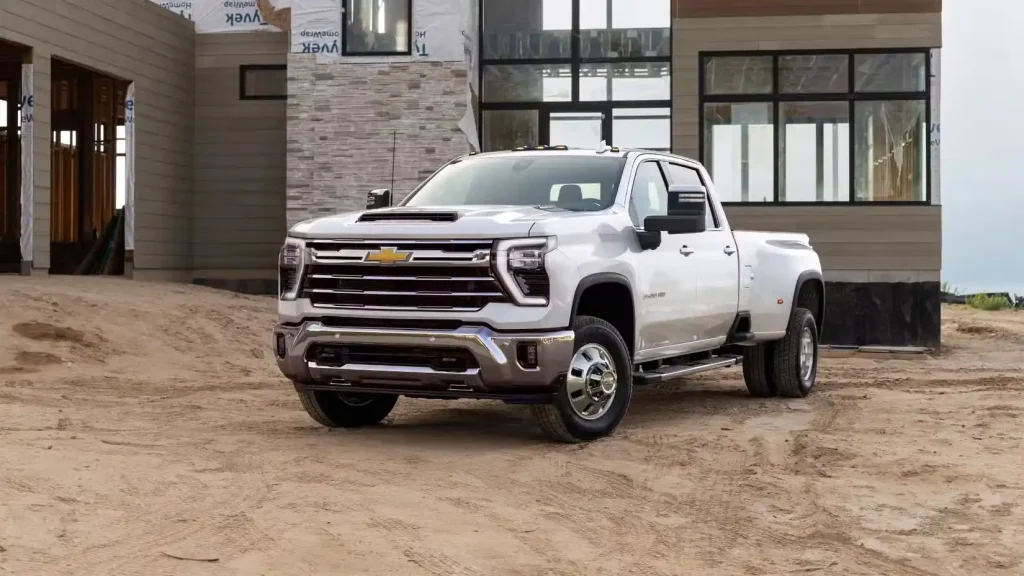Americans Drivers Face Soaring Auto Debt—and the Situation Is Only Worsening
"The last time conditions were this severe was during the Great Depression of 2009."

Car prices have soared, with the average new vehicle now costing around $50,000. Pickup trucks are largely driving this surge, as the average price for a full-size truck nears $65,000. For instance, five out of eight Ford F-150 trims now start above $65,000 when mandatory fees are included. These steep prices have ripple effects, such as inflating the cost of used cars and prompting owners to hold onto their vehicles much longer. But the most significant impact may be the extraordinary levels of debt buyers are taking on to afford these vehicles.
Americans Carry a Record-Breaking Auto Debt Load
A recent study from the Consumer Federation of America reveals that Americans now owe a staggering $1.66 trillion in automotive debt. This makes car loans the second-largest category of consumer debt, trailing only mortgages. In fact, Americans currently owe more on vehicles than they do on credit cards or student loans.
It may not be surprising, but many Americans are finding it increasingly difficult to keep up with their car payments. The study reports that over 8% of auto loans are now classified as “severely delinquent,” meaning payments are more than 90 days past due. The default rate on car loans has climbed above 3% for the first time since 2011. Meanwhile, vehicle repossessions have surged, reaching their highest level since 2009, with a 43% increase between 2022 and 2024.
Rising Monthly Car Payments Strain Buyers
Monthly car payments are higher than many Americans might expect. The study finds that the typical car loan payment now averages $745 per month, with roughly 20% of loans exceeding $1,000 monthly. To manage these costs, nearly one in five buyers is choosing seven-year financing, and some manufacturers have even reintroduced eight-year loan options. In response, Ram recently extended its warranty to 10 years or 100,000 miles, acknowledging the growing number of customers relying on long-term financing.
Why Americans Are Accumulating So Much Auto Debt
Record-high new car prices are a major factor in mounting auto debt. The COVID-19 pandemic triggered a surge in inflation, driving car prices up more than 21% between 2019 and 2025. In response, the Federal Reserve raised interest rates to combat inflation, making borrowing more expensive. Many buyers are turning to long-term financing to keep monthly payments manageable, but these extended loans ultimately result in higher overall interest costs.
Auto Costs Likely to Keep Climbing
Experts expect car prices to continue rising. The Budget Lab at Yale projects a 12% increase in vehicle and parts costs in the short term, with a 7% long-term rise, partly due to the 2025 Trump Administration tariffs. Additionally, the administration eliminated the $7,500 federal tax credit for certain electric and plug-in hybrid vehicles. Meanwhile, the recently introduced tax deduction for auto loan interest is expected to offer only minimal relief to buyers.
The study also highlights that policy changes during the Trump administration have significantly reduced oversight of banks and third-party lenders. According to the report, the Consumer Financial Protection Bureau (CFPB) has dropped 99% of cases requiring its attention, while the Federal Trade Commission (FTC) declined to appeal a ruling that struck down the Combating Auto Retail Scams (CARS) Rule, which had aimed to protect consumers from exploitative car loan practices.





















